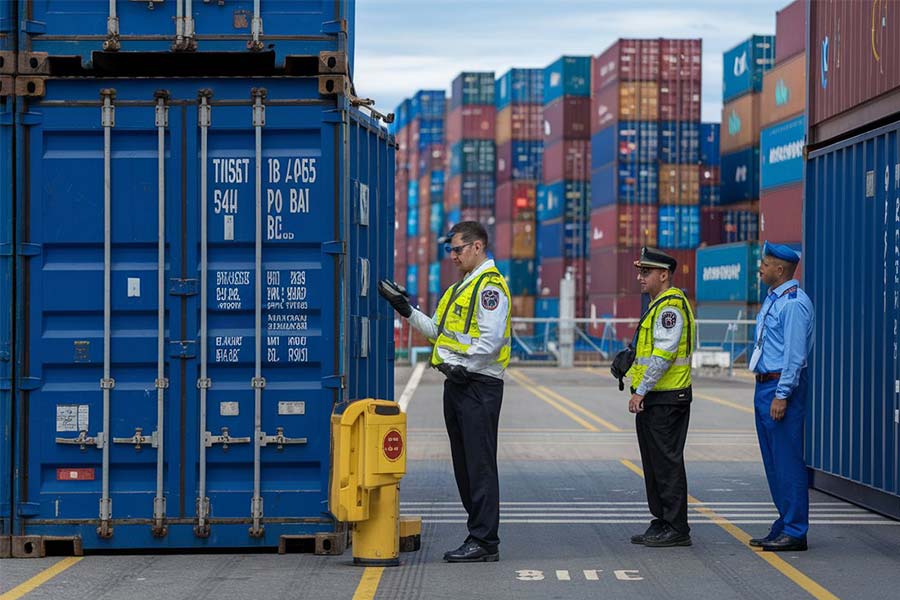
I. Nobility Among Cattle: Understanding Imported Breeding Cattle
In the livestock industry, imported breeding cattle are often referred to as "walking gold." These noble, purebred cattle includeHolstein, Jersey, SimmentalThese well-known breeds are all rigorously selected "seed players." They shoulder the important mission of improving the genetic quality of China's cattle and enhancing the overall standard of the livestock industry.
Why do we go to great lengths to import these "foreign cattle"? The reason is simple:
- Genetic optimization: Importing high-quality breeding cattle significantly improves domestic herds genetic quality
- Industrial upgrading: Promotes the transition from quantity-focused to quality-focused animal husbandry
- Resource enrichment: China has currently imported over 10 premium breeding cattle varieties
II. Pre-Import Essentials: Quarantine Facility Inspection and Approval
To introduce breeding cattle, the first step is to pass the "entrance exam" at customs. Just like elite schools require an advance inspection of the campus environment, breeding cattle must pass a quarantine facility assessment before entering the country.
Key Quarantine Facility Requirements:
- Space allocation: Minimum 20 square meters per breeding cattle
- Epidemic prevention facilities: Complete disinfection, waste disposal, and protection systems
- Management protocols: Professional feeding and epidemic prevention personnel
Quarantine approval is another critical checkpoint. The General Administration of Customs completes approval within20 working daysUpon approval, the "Isolation Facility Usage Certificate" and the "Entry Animal and Plant Quarantine Permit" will be issued. Remember: these two documents are the "admission letters" for the imported breeding cattle!
3. Port Quarantine: The "Entrance Physical Examination" for Breeding Cattle
When breeding cattle arrive via charter flights or ships, the real test begins. Customs quarantine procedures rival the strictest medical examinations.
Three-Step Port Quarantine Process:
- Pre-arrival declaration: Submit application 30 days before cattle arrival
- Comprehensive disinfectionTransport vehicles and site equipment must undergo "washing and disinfection."
- Inspection on site.: Customs veterinarians meticulously examine each cattles health condition
Special reminder: Any deaths during transport must be truthfully reported with detailed records. Customs veterinarians investigate every anomaly like detectives.
IV. Quarantine: A 45-Day "Boarding Life"
After passing port quarantine, the breeding cattle will begin a 45-day isolation period. This period serves as an adaptation phase for the newborns, during which customs will closely monitor their health status.
Key tasks during isolation:
- Daily health monitoring: Record body temperature, appetite, and excretion
- Regular sampling tests: Send blood, feces and other samples to laboratories for analysis
- Strict epidemic prevention management: Disinfect all personnel and vehicles entering/exiting
If signs of infectious diseases are detected, the quarantine period may be extended. Only breeding cattle that pass all inspections can obtain the "imported goods" status.Inspection of vaccinesCertificate of Graduation.
V. Practical Advice: Common Issues in Breeding Cattle Import
As a seasoned foreign trade veteran with 20 years of experience, I have summarized several "pitfall avoidance guidelines" for importing breeding cattle:
- Time planning: The process from application to release typically takes 3-4 months - prepare well in advance
- Transportation Arrangements: Choose airlines or shipping companies with live animal transport experience
- Document preparation: Ensure original certificates of origin, health certificates and other documents are complete and valid
- Emergency Plan: Prepare sufficient feed and medicines for emergencies
Remember, importing breeding bulls is not just a simple commodity trade, but a strategic investment for the development of animal husbandry. Only by ensuring every step is properly executed can these "nobility among cattle" successfully settle in, injecting high-quality genes into our country's livestock industry.
Finally, heres an industry maxim:"Introducing one good breeding bull is better than raising a hundred ordinary cattle.". May this guide help you successfully import premium breeding cattle resources and jointly promote high-quality development of Chinas livestock industry!


 Follow Customer Service WeChat
Follow Customer Service WeChat